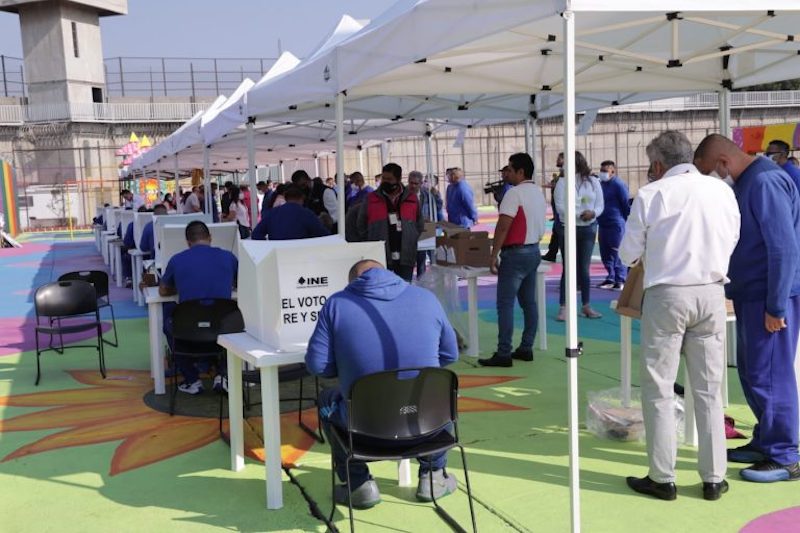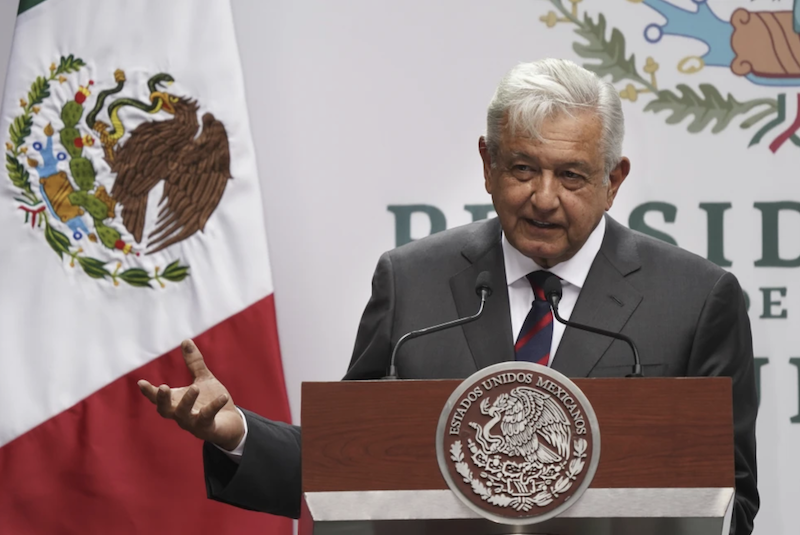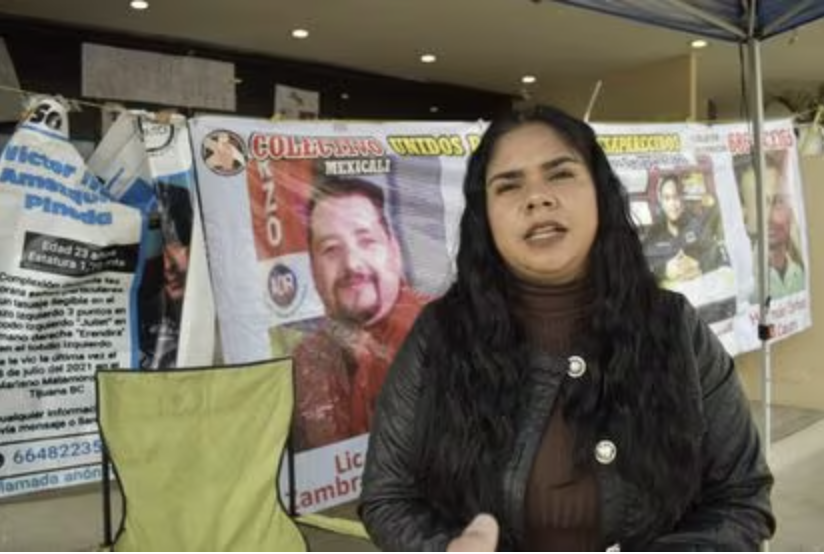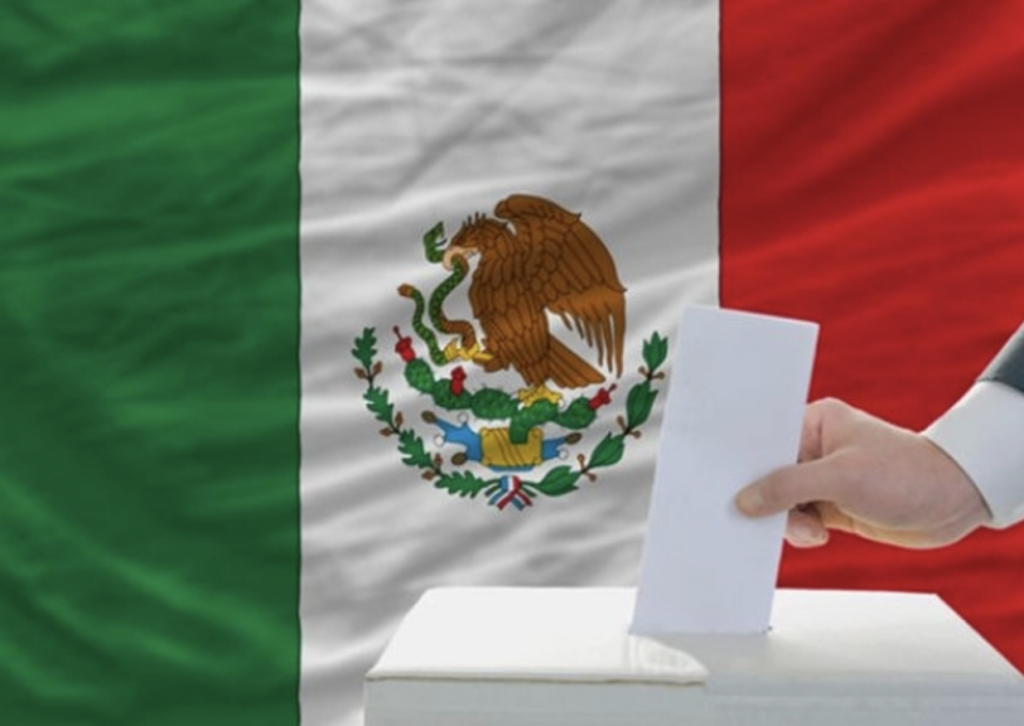08/28/20 (written by cmurray)
Indigenous Displacement in Mexico
Over the past decade, as violent crime continues to rise in Mexico, large numbers of individuals have become victims of internal displacement with 7,100 new displacements being recorded between January 1 and December 31, 2019. Many of the reported displacements have been the result of land disputes, initiated by private companies and enforced by organized crime groups (OCGs) eager to mine precious metals within Mexico. The Mexican Commission for the Defense and Promotion of Human Rights (Comisión Mexicana de Defensa y Promoción de los Derechos Humanos, CMDPDH) estimates that 310,527 individuals have been victims of internal displacement within Mexico between 2009 and January of 2017. Subsequent data released by the CMDPDH states that an additional 20,000 people within Mexico had been displaced in 2017, with 60% of them being indigenous peoples (Minority Rights). As of December 31, 2019, the Internal Displacement Monitoring Centre recorded that the total number of internally-displaced individuals in Mexico rose to 345,000.
Escalating Tensions within Guerrero
Indigenous displacement has become a pressing issue in the state of Guerrero, with an estimated 9,000 inhabitants having fled their homes between 2017 and 2018. This massive dispersal of individuals spans across 37 towns in 11 municipalities and has been attributed to an increased presence of organized crime within the state. According to Manuel Olivares, the Director of the José María Morelos y Pavón Regional Center for the Defense of Human Rights in Guerrero (Centro Regional de Derechos Humanos “José María Morelos y Pavón”), this phenomenon of indigenous displacement has been taking place since 2011 but has escalated in the past several years. Olivares also states that mining companies eager to conduct business in Guerrero ally themselves with OCGs as a way to assure their presence within the region. Moreover, OCGs have learned that a more diversified revenue stream can bolster their regional control, with many of them claiming that mining has replaced heroin in the fight for power. Although the mining companies pay the local communities, the residual environment becomes uninhabitable as a result of the harmful emissions and pollutants.
The Case of Carrizalillo
The community of Carrizalillo, located in the center of Guerrero, is situated in a region abundant with precious metals and became a major mining hub in 2003 after private companies were allowed temporary rights to the land. In 2006, corporations began mining at “El Bermejal” and the various chemicals used for gold extraction, such as sodium cyanide, began negatively affecting the surrounding environment as well as the 252 families living in the area. Tensions began to rise when the Carrizalillo residents realized that the land had been purchased illegally under agrarian law. The Unitary Agrarian Tribunal (Tribunal Unitario Agrario, TUA) issued a ruling upholding agrarian law and stated that the company was required to pay for the restoration of lands in addition to offering better agreement terms. In 2012, a community census was conducted by local health officials who stated that at least one member of every family had symptoms of one or more diseases related to mineral extraction (Environmental Justice Atlas). The village was diligent in documenting illness in accordance with the protocol set forth by the Mexican Network of People Affected by Mining and the Mesoamerican Movement against the Mining Extractive Model (Red Mexicana de Afectadas y Afectados por la Minería y el Movimiento Mesoamericano contra el Modelo extractivo Minero, M4). The main water basin within Carrizalillo, occupying around 77.4% of the territory, was destroyed and caused 80% of the families to show signs of skin damage. Despite the indigenous community gaining control of the territorial lease and stipulations, there has been irreparable damage done within the region. Between 2011 and 2019, a total of 55 community members have been murdered as a result of various violent attacks, a majority of which were carried out by organized crime groups in the region.
A Current Reality
Torex Gold Resources Inc, a Canadian mining company that has been operating in Guerrero under its subsidiary Media Luna Mine (Minera Media Luna S.A. de C.V.) since 2010, has been cited as having evaded many of the protective laws in place for indigenous peoples throughout the years. The community of La Fundición has faced continued persecution from groups like the Confederation of Mexican Workers (Confederación de Trabajadores Mexicanos, CMT) and other OCGs openly in favor of the mining company. One hundred and seventy families from the communities of La Fundición and Real del Limón were displaced after false land titles were used to strip the residents of their land rights. Further claims against Torex Gold Resources state that the Autonomous University of Guerrero (Universidad Autónoma de Guerrero, UAGro) manipulated data relating to contamination figures, as the university has previously received funds from the company. On May 12, Óscar Ontiveros Martínez, a miner in opposition of the Media Luna Mining Company was killed by an armed group in Real de Limón. The Business and Human Rights Resource Centre stated that this was the fourth individual who worked with or in the mine since 2017. The company released a statement in response to the four murders and denied any involvement in the crimes while also restating that as a company their protection of human rights remains paramount.
An Uncertain Future
There are various organizations like the CMDPDH and the Business and Human Rights Resource Centre that condemn the continued persecution and violent displacement of indigenous communities throughout Mexico. However, government officials have been reticent about combating this phenomenon and OCGs continue to wage violence in an effort to advance their organizational interests. One certainty is that there are insufficient protections available to indigenous persons facing the threat of displacement and their safety has become contingent on the outcomes of the disputes emerging around them. Since the emergence of COVID-19, many cartels have become emboldened and are targeting mining facilities due to their current vulnerability. The Alamos Gold’s Mulatos mine, located in Sonora, reported on April 8 that armed criminals stole gold bars from the facility, estimated to be around $3 million dollars. A predicted decrease in drug trade revenues has forced organized crime groups to shift their sights towards metal and mineral mining facilities, as they are seen as easy targets. Much is yet to be determined as mining facilities and their surrounding communities, like Guerrero, are left susceptible to organized crime groups and face the uncertainties of COVID-19.
Sources:
Palma, Arturo de Dios. “Sin freno, éxodo por la violencia.” El Universal. January 12, 2018.
Internal Displacement Monitoring Centre. “Mexico.” December 31, 2019.
Bnamericas. “Mexican crime gangs target miners amid COVID-19 crisis.” Bnamericas. April 14, 2020.
International Crisis Group. “Mexico’s Everyday War: Guerrero and the Trials of Peace.” May 4, 2020.
Centers for Disease Control and Prevention. “SODIUM CYANIDE : Systemic Agent.” CDC.




